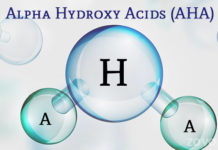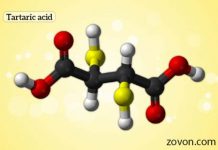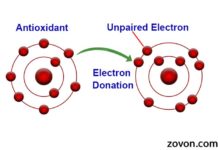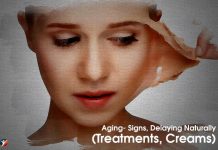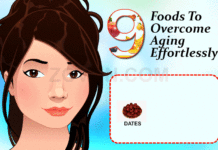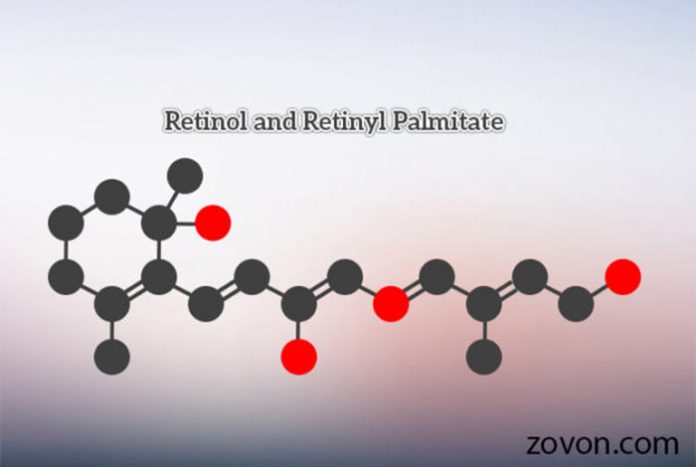
Retinol and Retinyl palmitate are both forms of Vitamin A and basically organic chemical compounds which are used as ingredients in antiaging skin care products. Retinyl is an ester of vitamin A while as retinol is an alcoholic derivative of Vitamin A. Retinyl palmitate is formed when retinol reacts with palmitic acid. Both retinol and retinyl palmitate are used in anti-aging creams but both of these have to be converted by our body into retinoic acid in order to work. Our cells recognize retinoic acid and start producing new cells.
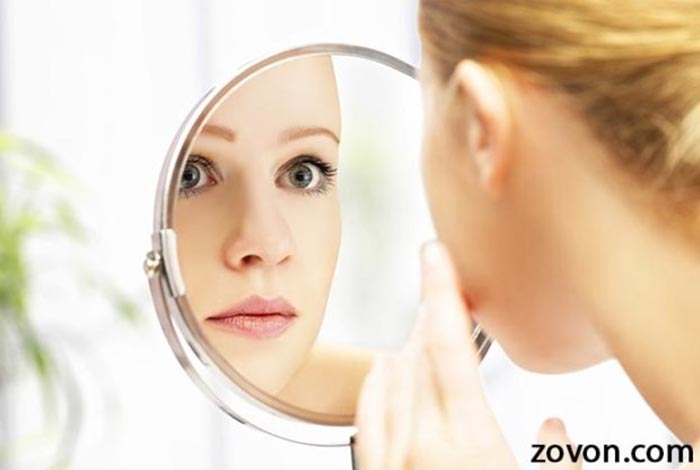
Retinyl palmitate is nothing but the primary form of retinol. Retinyl palmitate gets converted into retinol which in turn is converted into retinaldehyde and finally retinoic acid in our body by specific enzymes present in our body.
Retinyl palmitate <=> Retinol <=> Retinaldehyde => Retinoic acid
The basic difference between retinol and retinyl palmitate depends on their exfoliating effects. Being derivative of Vitamin A, both retinol and retinyl palmitate are versatile solutions for skin care. Retinyl palmitate is best recommended for sensitive skin.
Sources of Retinol and Retinyl Palmitate:
Retinol is mainly sourced from animals such as fish oil, cow, egg, milk, chicken etc. Whereas, retinyl is composed of retinol and palmitic acid as mentioned above. Both of them can be beneficial only after metabolizing as they are not able to interact with the cell directly. Some specific enzyme, such as lecithin retinol acyltransferase (LRAT), present in human’s skin that plays a catalytic role to convert all-trans-retinols into all-trans-retinyls.
How do retinol and retinyl work on skin as an Anti-aging tool?
- Retinol and retinyl are processed by enhancing the rate of the surface skin cell decomposition rapidly so that the new cells that have grown underneath could make their way out. They disturb the breakdown of collagen and thicken the deeper layer of skin where wrinkles started to grow. Their molecules are relatively small and they easily penetrate into the deeper layers of the skin.
- Once absorbed, after certain transformation, both retinol and retinyl palmitate is converted to retinoic acid. There are limits of retinol and retinyl palmitate to present in cosmetics; the maximum and minimum concentration limits are 0.04% and 0.07%, respectively, to avoid side-effects.
How Retinoids Protect Skin from UV Rays?
- Retinoids have found extremely effective against the aging signs caused by ultraviolet rays. They encourage the effectiveness of collagen fiber growth in human skin, that could help to look younger. This can even help skin to grow at the cellular level.
- Collagen I and III get affected by UV rays and the consequences come with 24 hours for sensitive skins. Treatment with retinoids inhibits the loss of collagen and catalyzes the collagen synthesis process.
Should you avoid retinyl palmitate in sunscreens?
Researches are being conducted to test the usefulness of retinyl palmitate (RP) in sunscreen since 2005. A 2009 study by Environmental Working Group (EWG) clearly states that RP is carcinogenic while exposed to sun rays. EWG suggests not to use RP among sunscreens and cosmetics and other products on sun-exposed skin. Experts advise applying retinoids at night as sunlight weakens the effectiveness of vitamin A.
Vitamin A: Skin Friend or Foe
- Long-term use of Vitamin A might enhance the possibility of skin cancer, whereas, lesser dose tend to prevent the disease.
- Vitamin A or β-carotene is the remedy against aging. Retinol and Retinyl palmitate can be way out for skin care against skin damages caused by sun UV-rays, pollution, smog.
- Both of them are powerful antioxidants that neutralize the free radicals and results in good condition of skin; reduce wrinkles, fade brown spots, and smooth skin roughness if used properly and in moderation.
- Use of creams containing these products for long periods may cause side-effects such as redness and dryness of skin including peeling of skin. This can also be caused if we use products with a higher concentration of retinol.
- Overconsumption of retinoids results in liver and dermatological hazards.
- Retinol molecules get altered in the presence of UV light. During this breakdown process, it produces free radicals that harm the skin and increase the chance of cancer.
Caution for Pregnant or Breastfeeding Women:
Retinoids could be harmful skincare element for pregnant women. Experts suggest avoiding both retinol and retinyl palmitate during pregnancy. As retinol can be extracted from breast milk which is undoubtedly harmful to the newborn. Doctors recommend pregnant or breastfeeding women to discontinue the usage of products containing retinol and retinyl palmitate.
Restriction on Retinoids Consumption:
Retinoids alias vitamin A is an essential nutrient for the human body and easily available in plant and animal food sources. Its excess intake may cause hair loss, liver damage, bone damage. The upper limit of consuming vitamin A set by the Food and Nutrition Board (FNB) of the National Academy of Sciences, is 10,000 IU per day. Neither retinol nor retinyl is recommended for people suffering from Stargardt disease. It is a hereditary disease that results in loss of visions among children and young adults.
FAQs: What people normally want to know about Retinol and Retinyl Palmitate?
1. What does palmitate do?
Palmitate is composed of palmitic acid that is a major organic saturated fatty acid found in palm oils. This is the fatty acid part which reacts with the alcohol derivative retinol to produce ester derivative retinyl palmitate.
2. How long will it take to see results from Retinol?
It needs four to six weeks’ time to see the results of applying retinoids. Moreover, application of retinoids on dry skin results better than its application on wet skin, as wet skin aggravates skin sensitivity.

